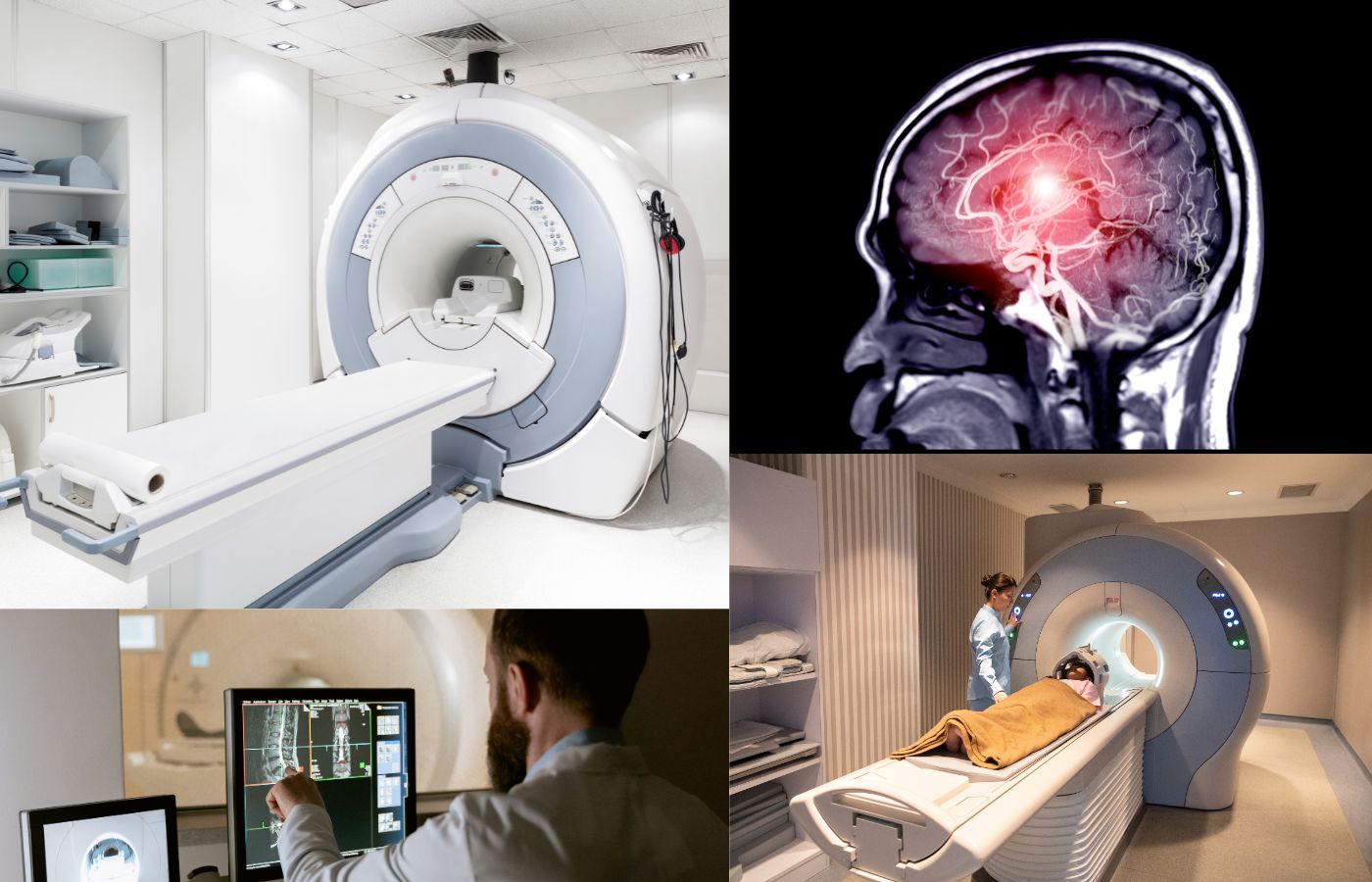
Magnetic Resonance Angiography (MRA), commonly referred to as MRI Angiography, is a non-invasive imaging technique used to visualize blood vessels in various parts of the body. It employs strong magnetic fields and radio waves to generate high-resolution images of arteries and veins, aiding in the diagnosis of vascular conditions such as aneurysms, blockages, and other abnormalities. Unlike traditional angiography, MRI Angiography does not require the insertion of a catheter into the blood vessels, making it a safer and more comfortable option for patients.
MRI Angiography uses a magnetic field to align hydrogen atoms in the body. When radio waves are applied, these atoms produce signals that the MRI machine detects and converts into detailed images. In many cases, contrast agents like gadolinium are used to enhance the clarity of blood vessels and detect abnormalities more effectively.
MRI Angiography can be classified based on the area being examined. Some of the most common types include:
This type of MRA focuses on the brain's blood vessels, helping doctors diagnose conditions such as:
The angio brain MRI is particularly useful for identifying abnormalities that may lead to strokes or other neurological conditions.
MRI Angiography is a valuable tool for detecting heart-related vascular issues. It helps assess:
By using MRI Angiography for the heart , doctors can create detailed images of the heart's blood vessels without invasive catheter-based techniques.
This scan focuses on the carotid and vertebral arteries in the neck, which supply blood to the brain. It helps detect:
An MRI Angiography for stroke is performed to determine if there are any blockages, narrowing, or bleeding in the brain’s blood vessels. It helps diagnose:
This is a comprehensive scan that examines all major blood vessels in the body, helping detect widespread vascular diseases, including peripheral artery disease (PAD) and aneurysms.
A doctor may recommend an MRI Angiography if you experience symptoms such as:
If you are searching for an MRI scan near me , look for diagnostic centers with advanced imaging technology and experienced radiologists. The availability of MRA services may vary, so it's essential to check with MRI centers near me for the most suitable options.
MRI Angiography is a crucial diagnostic tool for assessing blood vessel health, detecting potential vascular diseases, and preventing severe conditions like stroke and heart disease. Whether it’s an MR Angiogram of the brain, MRI Angiography for the heart, or MRI Angiography for stroke, this advanced imaging technique provides detailed insights for accurate diagnoses.
If you are experiencing symptoms related to vascular health, consult your doctor and visit a reputed diagnostic center for an MRI scan. For reliable and accurate results, consider getting tested at Diagnopein Diagnostic Center, which offers advanced imaging facilities for a wide range of MRI Angiography tests.